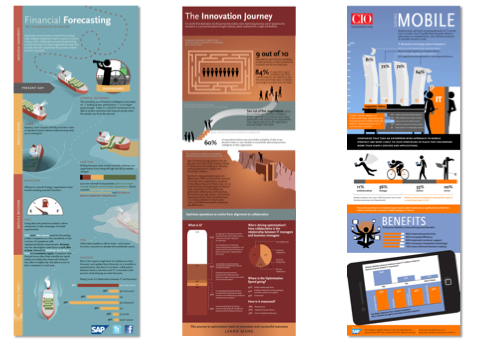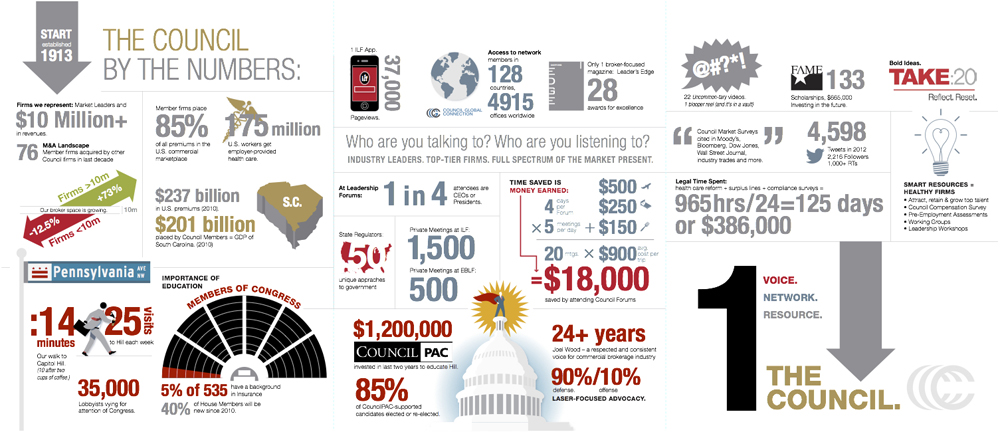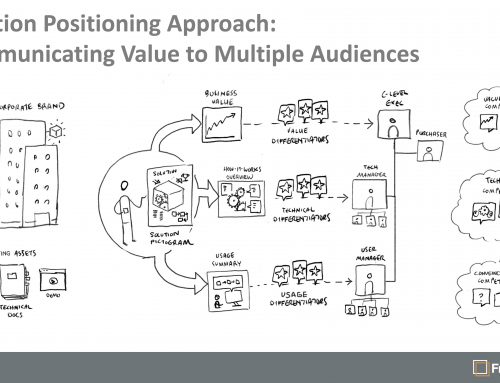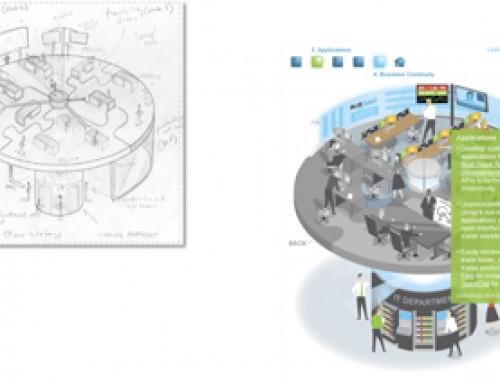Using Deductive Type Arguments for Your Visual Solutions 
And so we come to the conclusion to our three-part blog series on leveraging argument types for visual solutions. We had looked at the argument by analogy and the empirical-type arguments and now we look at the deductive argument. There are certain pro’s and con’s to each style and lets briefly consider those before we plunge into the deductive argument approach.
Pro’s and Con’s of Each Argument Type
Argument by Analogy – High on Explanation Power, Low on Validity
Starting with the argument by analogy, we find them highly effective on the explanation or translation side as it brings in something that is technical, nuance or complex into a tangible concept and also serves to bring to the forefront what our client considers to be the essential core of the message. However as mentioned from a logical validity standpoint, the argument by analogy is considered one of the weakest arguments as it leaves itself open to the charge that certain aspects of the analogy do not hold. So perhaps I would go as far to say that it really is a communication tool rather than a substitute for a tight argument.
That being said almost everyone of our visual solutions we create (and we always create from scratch) aside from literal data visualizations dynamically connected to a database leverage an analogy. The key is to come up with a provocative analogy that speaks to the sophistication of the solution and the thought processes of the audience. Thus the need for pencil sketch iterations to get is just right.
This three-part SAP infographic series on forecasting, innovation and mobility are informed with analogies of shipping, journey and transportation.
Empirical Argument – High on Substance and Open to Interpretation Subjectivity
Well the empirical argument ups the anti in terms of substantiating its claims in that it by defintion employs empirical evidence. And the science discipline of course has used hypothesis against the hard reality of the empirical world to advance the discipline and certainly come a long way since Aristotle focused on unpacking the natural world. But for our visual communication purposes, leveraging data has its challenges as we have seen in the previous post, one can be very selective or accused of being very selective in pulling out only the data that services your claims. And on the more mundane level, your audience is tired of metric based arguments.
Everyone has them and sometime the conclusions like the data are commonplace.
“Survey results are in and CIO’s are very concerned about BYOD (Bring Your Own Device) for security and privacy issues” or “The amount and variety of big data is so significant that our research suggests that the next challenge is how to tap the insights about the data into actionable business tactics.”
The problem here is the survey results and the conclusions are certainly true but obviously true. So like the balance of finding the right analogy, one needs to be concerned that the empirical research is relevant and timely and actually insightful to your audience. No one said it was easy.
In this particular sample, the numbers-based evidence visually tell the story in this data-drive argument.
And Finally the Deductive Argument – Logically Soundproof and Less Application
“If it rains then you get wet. Its raining. Then you will get wet.” Logicicans call this argument modus polens. “If it rains then you get wet. You did not get wet. Then it did not rain.” This valid logical form is called “modes tollens.” The idea is if the premises are true then the conclusion is true. And there are invalid forms that look deceptively similar. “If it rains then you get wet. It did not rain. Therefore you did not get wet.” In this case, denying the antecedent does not allow you (and still be valid) to deny the consequent as in this case for example, one could get wet by other means. The beauty of deductive arguments is they are by definition logically sound-tight but one is challenged to find it so easy to form an entire value proposition pitch or research point of view simply based on logical steps. And so typically we integrated the deductive argument style both with analogies and empirical evidence.
The Best of All Worlds – Leveraging All Three Argument Types
And so when we make a case or “elevator pitch” for an offering or point of view, each argument type can serve for each critical step for the visual narrative. In the first, setting the stage, we can offer some compelling numbers to provocatively show there is indeed a problem one needs to be concerned about ideally resonates with the audiences current problems they are facing. Secondly as we speak to a solution to this issue – complexity lurks (if it was easy to fix there is no need for innovation or new point of view right?) to mess up the message – so we come up with a compelling visual anlaogy to show their the nature of this bold new approach.
Once the audience is in on the concept we logically (aka deductive arguments) take the audience through their options including continuing as they are with traditional processes. And then after logically showing how the propososed approach or offering presents compelling differentiated value we turn to empirical argumentation to validate that the concept, the logic, the approach being presented is not just theory but actually works in real-life scenarios with metrics, case-study type visual explanations. In fact in some cases we actually pull out of the actual communication project in hand and think about how to make this case against all of our client’s interfaces with contextualized visual solutions as shown in this example below.
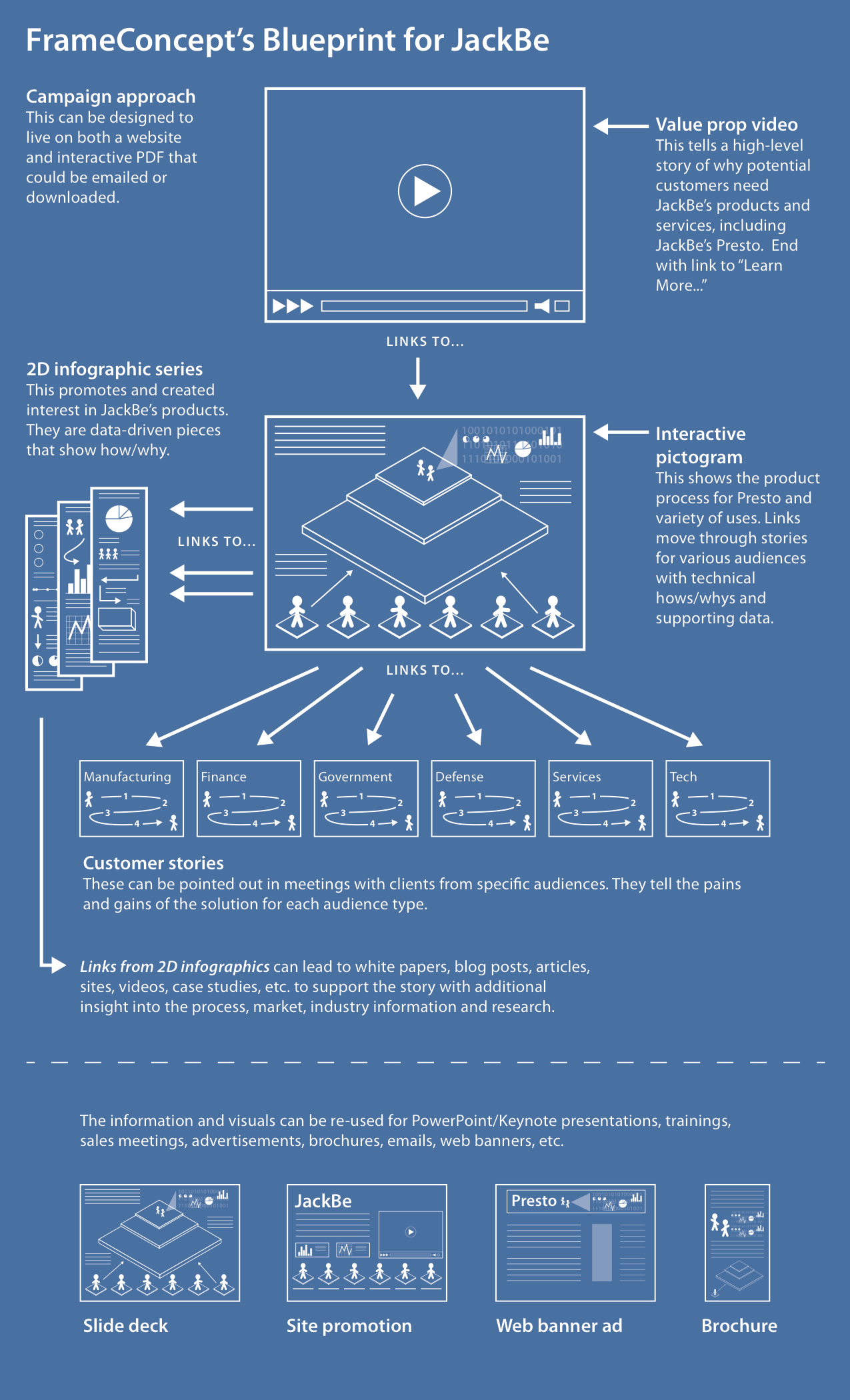
The above scoping sketch leverages analogies to fuel the entire communication piece and makes a logical step by step argument in the solution pictogram and then leverages evidence in the case studies.
Thats a Wrap on Argumentation Types
I want to be clever and suggest an argument to take on my approach to argument types but I will resist (and I am not clever enough this morning). On a more serious note our clients are faced with the daunting task of taking innovation and new approaches and points of view to market, to their employees and to their management team. Its always a competitive landscape and you are always competing for your audience for mindshare and to grab their considered attention against your new approach. And the stakes are high. You want to make a tight and relevant argument and you went them onboard with your vision for their business. You need the right visual solution informed with the right argument. I hope this three-part series as sparked some ideas to fuel your effort enabling understanding and engagement.
Want to Talk about Your Marketing Communication Needs?
If you would like a free demo and consultation about your communication challenges, please click here – Free Demo and Consultation.


